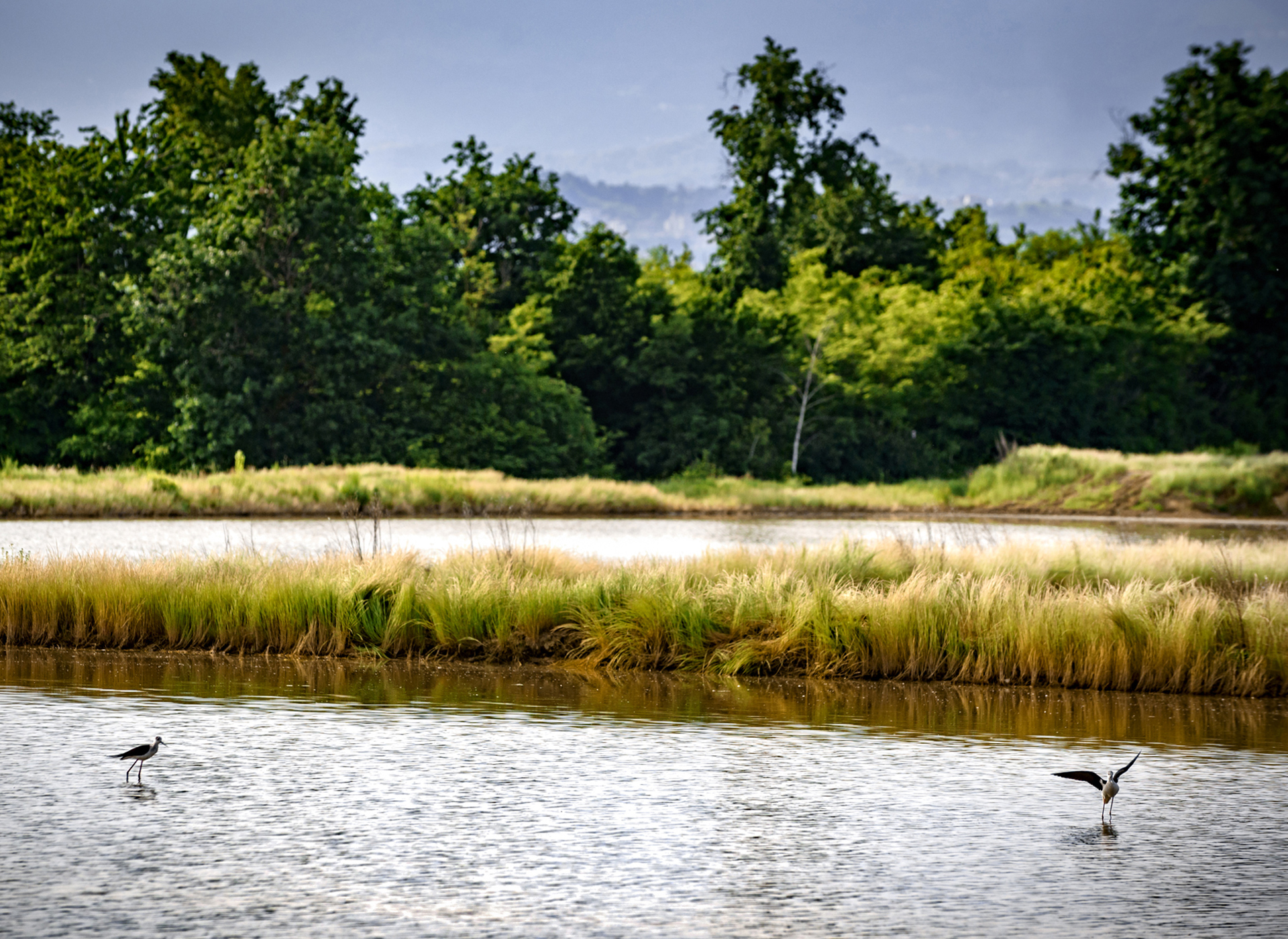PDO
THE BIELLA AND VERCELLI BARAGGIA
The Biella and Vercelli Baraggia is a foothill area located on the North-Eastern Piedmont border, in the provinces of Vercelli and Biella, extending from the Monte Rosa Prealps towards the terraced areas. It is delimited by the morainic Serra of Ivrea to the West and by the River Sesia to the East. Its soil is generally rich in clay, compact, asphyctic and lacking in Humus.
Irrigation of the cultivations takes place by channelling water courses from the Monte Rosa glaciers, the torrents Cervo and Elvo, along with other minor torrents from the Prealps and the three dams on the torrents Ostola, Ravasanella and Ingagna.
These waters, channelled thanks to hydraulic engineering works, carry elements that feed and characterise the varieties of Baraggia rice, unique in terms of organoleptic qualities and characteristics.
The climate is aerated and fresh, thanks to the nearby hills and mountains. The average temperatures in the Baraggia area between April and July – the period in which rice matures – are lower than on the Vercelli, Novara and Pavia plains; furthermore, thermal inversions are frequent in the area, due to winds coming from the mountains. These climate conditions cause the rice grains to form quicker during the maturation period, giving them a smaller dimension and decreasing general productivity, yet ensuring greater compactness of cellular textures and therefore excellent consistency, with evident improvement of the quality of the rice.
The area also features historically relevant architectonic settlements: each municipality in the area has its own castle, and the most significant examples are those of Buronzo and Candelo.
The uniqueness of the Baraggia area was also recognised by the Piedmont Region which, over the course of the past few decades, instituted many protected areas and Community Interest (SCI) sites: the Lame del Sesia natural park, the Isolone di Oldenico special natural reserves, the Villarboit Heronry, the Carisio Heronry, the Bessa Natural Reserve, the morainic Serra of Ivrea, the Natural reserve of the Candelo Baragge and the natural reserve of the Baragge, known as the “last Italian savannah”, covering a total area of 4.500 hectares and providing a one-of-its-kind habitat for the conservation of numerous animal species.
The particular environmental conditions of the Baraggia area and the perfect marriage between the local nature and human interventions represent the added value of the PDO, which found the ideal conditions for excellent rice cultivation in this “terroir”.




